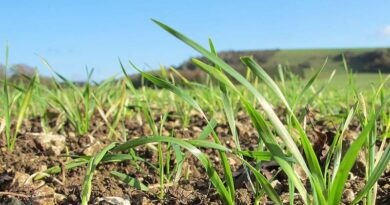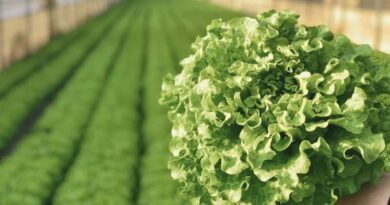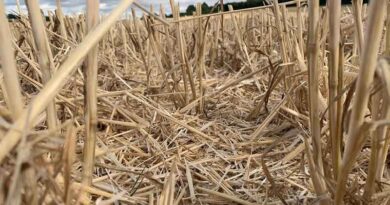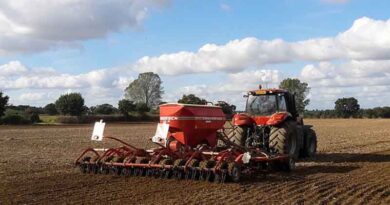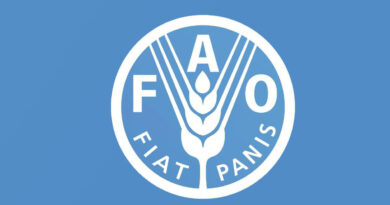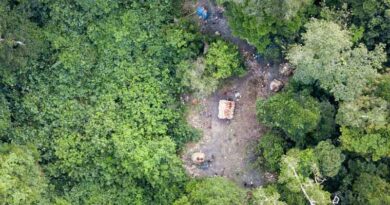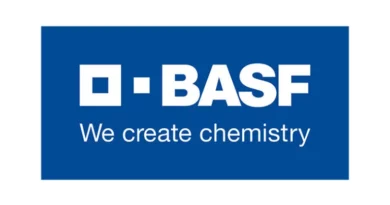Keen eyes define roles for long coleoptile wheats
03 April 2023, AU: In 1880, Charles Darwin and his son Francis noticed that emerging coleoptiles bent towards the light. Similar keen powers of observation are now identifying many roles for wheat with longer coleoptiles in changing farming systems.
Coleoptiles are specialised sheaths that protect the first leaf and shoot apex. They are only found in grass seedlings and they assist emerging first leaves by protecting them during passage through the soil. Upon emergence, the first leaves break through the coleoptile tips. It is a key adaptive trait in the evolution of grass species.
The need for this adaptive trait has been brought to the fore by the confluence of changing farming systems and changing climate, says SLR Agriculture chief executive officer Michael Lamond.
Mr Lamond has been managing several GRDC investments that are working with the GRDC’s National Grower Network to ground-truth the trait in Western Australian farming systems.
His team has been tasked with generating discussion and finding new areas that need to be researched within a proof-of-concept trial for long coleoptile wheats.
Confluence of change
WA farming systems have evolved over the past 20 years, with increases in both the area cropped and yields achieved. This has been driven by the need to adapt to climatic changes and has been supported by new technology, plant genetics and progressively more-sophisticated research, but always with profitability at top of mind.
Growers are looking to make the most of season breaks and to chase deep moisture when sowing. Trends over the past 20 years are for less April rain, leading growers to increasingly greater areas of dry sowing.
Practices such as soil amelioration are also playing an important role in productivity gains, but these new practices need to be supported with new tools and knowledge.
Mr Lamond says the research GRDC is supporting is beginning to shed light on the many roles that long coleoptile wheats could play in these changed circumstances.
Due to the ability to germinate and emerge from depth, it is possible that the long coleoptile trait would have an advantage in ameliorated soils, and when chasing deep moisture early or during main season plantings, enabling us to rethink herbicide use and cope with furrow infill in adverse seasons. But there may be still more roles we can identify.
Observations from trials
The project builds on a pilot year of trials undertaken in 2021 at Holt Rock, Hines Hill, Bunjil, York, Beacon and Latham. A further six trials were established in the second year – from Ballidu in the north, through Muntadgin, Meckering, Pingaring, Yuna and Esperance in the south.
All sites, excluding Muntadgin and Yuna, had two times of sowing to represent an early, deep sowing that chased moisture at depth and an additional main season, shallow sowing about one month later to represent grower standard practice.
Wheat yield increases during the late 20th century green revolution were achieved through the introduction of reduced height (Rht) dwarfing genes. These dwarfing genes ensured short stature by limiting response to the growth-promoting hormone gibberellin and are now widespread through all international breeding programs.
However, they are associated with shorter coleoptiles. Years of work by Dr Greg Rebetzke and his team from CSIRO have identified appropriate long coleoptile genes from a pool of 20 surveyed globally and introduced from overseas. Dr Rebetzke’s team has researched and incorporated these genes into experimental lines that are now progressing into commercial varieties.
Mr Lamond says: “For the purpose of our first year of field trials, we compared the performance of a range of wheat types with and without long coleoptile genes: Mace containing the Rht2 gene conferring medium coleoptile; Mace-18 Rht18 conferring long coleoptile; Halberd, a tall wheat with long coleoptile;Scepter Rht2 short coleoptile; and Calibre Rht2 mid-long coleoptile sown.”
The wheat lines were sown at two depths – shallow (four centimetres) and either 10 or 12cm. The long coleoptile Mace-18 line established well at sowing depths of 120-140mm (up to 80 per cent of 40mm control depth) across Western Australian sites in 2021 (see examples in Figure 1). Grain yields were significantly (P<0.01) greater for deep-sown
Mace-18 in 2021.

In 2022, the list of wheat lines tested was expanded and is shown in Table 1. Rht18 was the gene conferring the longer coleoptile in most of the lines, except for the Rht13 gene in Magenta-13.
Table1: Varieties, breeding lines and traits utilised in 2022 long coeoptile trials.
| Variety | Coleoptile length | Rht gene | Maturity | Sites sown |
|---|---|---|---|---|
| Halberd | Longest | N | Long | All |
| Yitpi-18 | Longest | Y | Mid-long | All |
| Yitpi | Mid-long | N | Mid-Long | All |
| Mace | Mid | N | Short-Mid | All |
| Mace-18 | Longest | N | Short-Mid | All |
| Scepter | Mid | N | Short-Mid | All |
| Calibre | Longer | N | Long | All |
| IGW6752 | Mid | N | Long | All |
| Magenta | Mid-long | N | Mid-Long | Baliidu, Meckering |
| Magenta-13 | Longest | Rht13 | Mid-Long | Baliidu, Meckering |
| LRPB Dual | Longer | Y | Long | Baliidu, Muntadgin, Esperance, Meckering, Pingaring |
| LRPBBale | Longer | Y | Long | Yuna, Pingaring, Meckering |
| Cutlass | Mid-long | N | Mid-Long | Yuna, Muntagin, Esperence, Pingaring |
| Illabo | Mid | N | Fast winter | Muntagin, Esperence |
| Denison | Mid | N | Long | Yuna |
Detailed observations were taken at all the sites, including emergence, coleoptile length, biomass, tillering, root growth assessment and grain yield.
“A valuable observation by the team is that when long coleoptile wheat lines are sown deep into moisture, they appear to escape infection from Rhizoctonia, a root disease that is prevalent in WA soils,” Mr Lamond says.
Further observations, to date, include:
- strong positive correlation with coleoptile length and emergence at one to four weeks after sowing;
- highest emergence rates seen for long coleoptile dwarf breeding lines Mace-18, Yitpi-18, Magenta-13 and Halberd;
- fastest emergence rates of Rht18 varieties compared with varieties not containing the gene;
- shallow-sown seedlings had lower root biomass on average when compared with deep-sown plants; and
- deep-ripped and/or heavy soil resulted in a greater reduction of emergence of deep-sown varieties with a short-mid coleoptile when compared with varieties with a longer coleoptile.
At the time of writing, data was still being processed.
Risk and rewards
“The Rht18 gene deployed in most of the wheat lines in these field studies confers larger cells in the coleoptile and seems to influence improved lifetime vigour for the plants; it’s not just a growth rate advantage from quicker emergence,” Mr Lamond says.
There are clearly complexities when it comes to the genetics by environment by management interactions for the long coleoptile trait, which will take time to unpack.
“We have held numerous field walks with growers throughout the two years of the field work and many questions are being raised by growers.
“These include questions around herbicide use; for example, can the longer time for the long coleoptile types to emerge give the opportunity for non-selective chemical use? How will these types perform in ameliorated soils, are there implications for fertiliser placement, would they be a useful tool when furrow infill occurs and many more.”
Growers are encouraged to follow the trials and get involved in the conversation @SlrAgriculture.
Also Read: G20 India: 2nd ADM of the Agriculture Working Group held in Chandigarh
(For Latest Agriculture News & Updates, follow Krishak Jagat on Google News)


